Growing up in Canada came with its own set of experiences that blended politeness, snow, and uniquely Canadian traditions. Whether it was singing “O Canada” every morning, surviving winters that felt endless, or debating which Tim Hortons donut reigned supreme, those who grew up here share an unspoken bond. Here are 19 things that only people who grew up in Canada will remember.
After-School YTV Marathons

YTV wasn’t just a channel; it was childhood. Shows like Uh-Oh!, Are You Afraid of the Dark?, and ReBoot filled afternoons with laughter and mild terror. The green slime, the wacky hosts, and the station’s odd humor were oddly comforting. It was how many Canadian kids learned sarcasm and Saturday-morning enthusiasm. Before Netflix existed, YTV was the cultural glue that united suburban living rooms from Vancouver to Halifax. Its lineup shaped an entire generation’s sense of humor and nostalgia. Even now, that iconic “Keep It Weird” vibe instantly brings back memories of cereal bowls and neon-lit living rooms.
Winter Recess and Snow Fort Wars

When temperatures hit –20°C, school wasn’t cancelled, it was an invitation to play. Recess meant snowball fights, elaborate snow forts, and frozen fingers that no one complained about. Teachers yelled “no ice balls,” but every kid ignored it. The goal wasn’t to stay warm; it was to build the ultimate fortress or claim the biggest snowbank. The smell of wet mittens drying on radiators defined Canadian classrooms. For most, the transition from boots to sneakers in March felt like victory. Those snow-covered lunch breaks weren’t just games, they were training for survival in the Great White North.
The Scholastic Book Fair Excitement
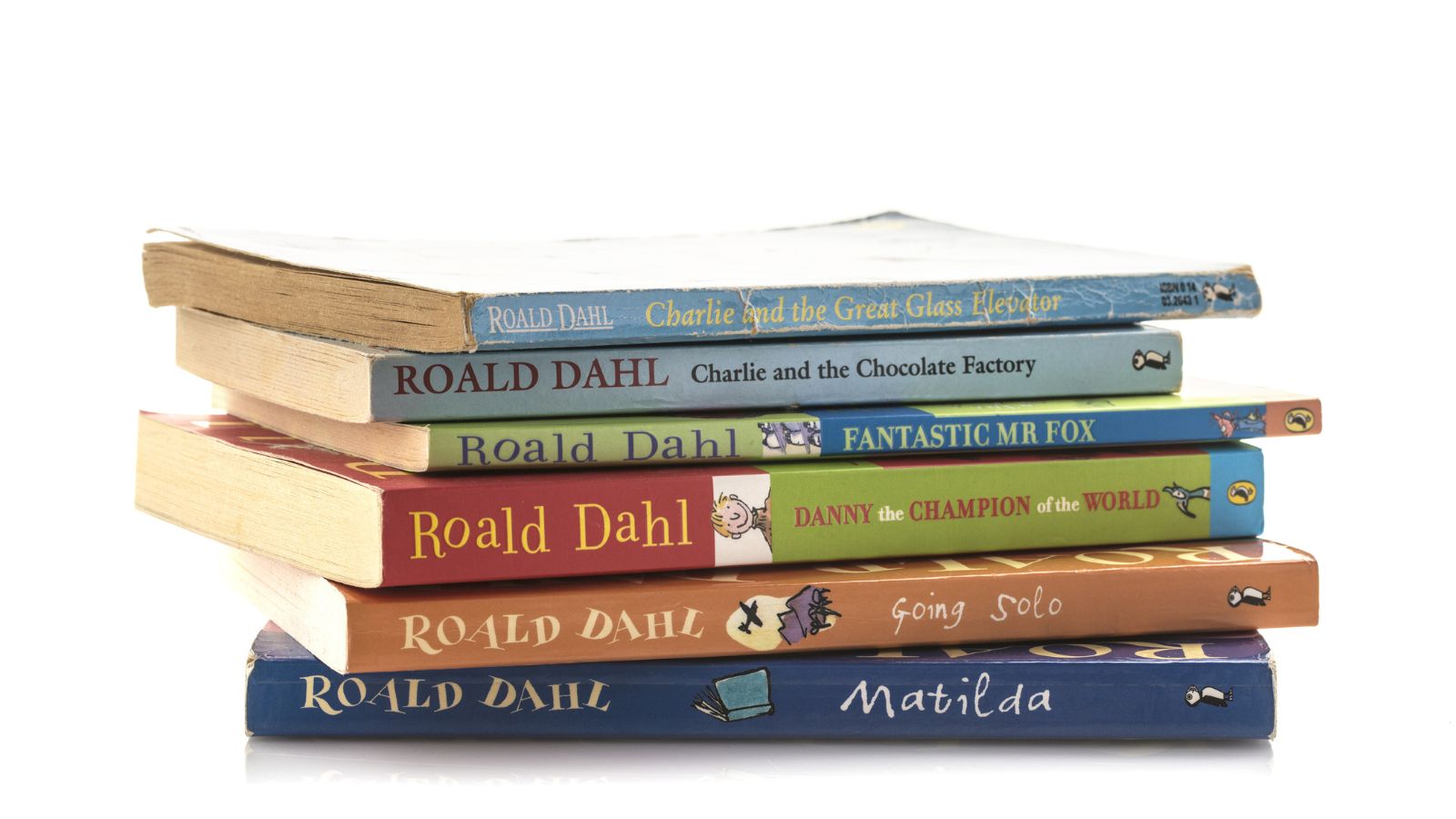
Few things matched the thrill of walking into a school library turned pop-up bookstore. Bright posters, gel pens, and fresh Goosebumps novels filled the tables. You’d circle items in the catalogue as if it were a sacred ritual, knowing you might only get one. The book fair was part reading incentive, part capitalist awakening. Kids learned early that $10 didn’t go far. Yet, that crisp smell of new paper and the rush of buying your own book felt empowering. For many, it was the moment they realized books could be exciting, and that stationery could be dangerously tempting.
Hockey Night in the Living Room

Even households that weren’t hockey-obsessed paused on Saturday nights for Hockey Night in Canada. The familiar opening theme played like a national anthem. Families crowded around tube TVs, parents with beer, kids with hot chocolate, and someone always yelling at the ref. Rivalries between the Leafs, Canadiens, and Canucks split families like friendly wars. Long before sports streaming or fantasy leagues, this was Canada’s version of prime-time bonding. It didn’t matter who won; it was about tradition, commentary from Don Cherry, and the smell of microwave popcorn filling the air.
The Tim Hortons Drive-Thru Line
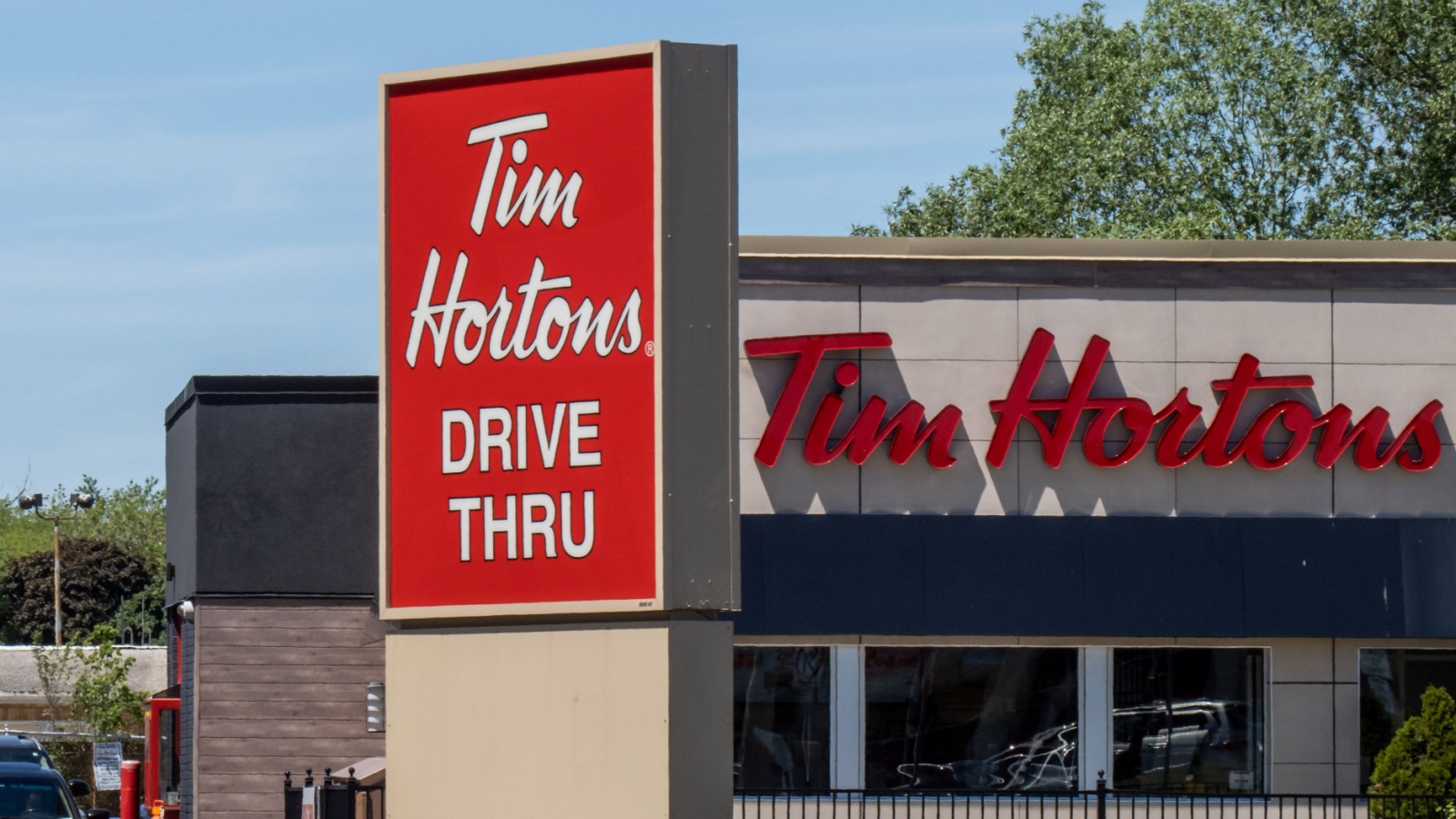
Before coffee culture went global, Tim Hortons was practically a religion. Every road trip started with a double-double and a box of Timbits. Parents treated the drive-thru line like a sacred ritual, no matter the weather. Kids in the backseat learned patience, and the difference between Old Fashioned Plain and Honey Cruller. Roll Up the Rim season was the Canadian lottery. The rare “Win a Free Donut” felt like triumph. Whether you lived in a small town or a big city, Tim’s wasn’t just a coffee shop, it was the social hub, open early, always familiar, and unapologetically local.
Learning French From a Moose Puppet
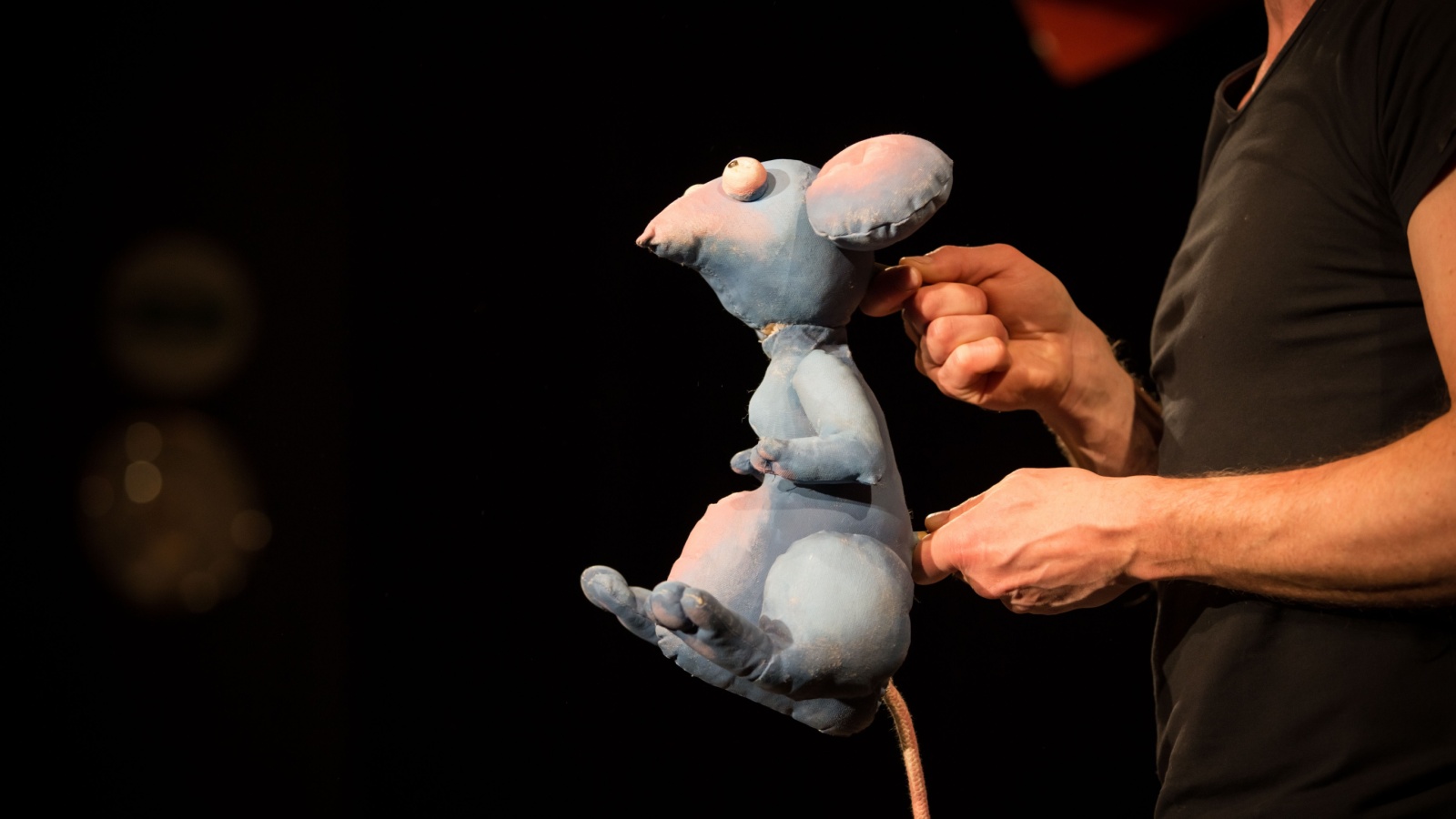
For many kids, the first encounter with bilingual education came courtesy of Téléfrançais!, featuring a talking pineapple and an overly enthusiastic moose. Broadcast in classrooms, it was both educational and bizarre. The songs were catchy enough to get stuck in your head for decades, “Bonjour, Allo!” still triggers nostalgia. It taught basic French phrases and national identity all at once. Watching it now feels surreal, but for many, it was a genuine part of learning to say “Je m’appelle” with pride. Somehow, it made grammar and absurd puppetry a uniquely Canadian rite of passage.
Participating in Terry Fox Runs

Every September, students laced up their sneakers to honor a national hero. The Terry Fox Run wasn’t just exercise; it was an emotional lesson in resilience. Teachers told his story, videos played in classrooms, and donation envelopes went home. Even as kids, Canadians understood this was bigger than sport, it was about courage and hope. Whether you walked, jogged, or pretended to run to impress your crush, everyone participated. The annual event instilled a quiet pride that transcended provinces and languages. Terry Fox became a symbol of what it meant to push forward, even against impossible odds.
Wearing Roots Sweats Everywhere
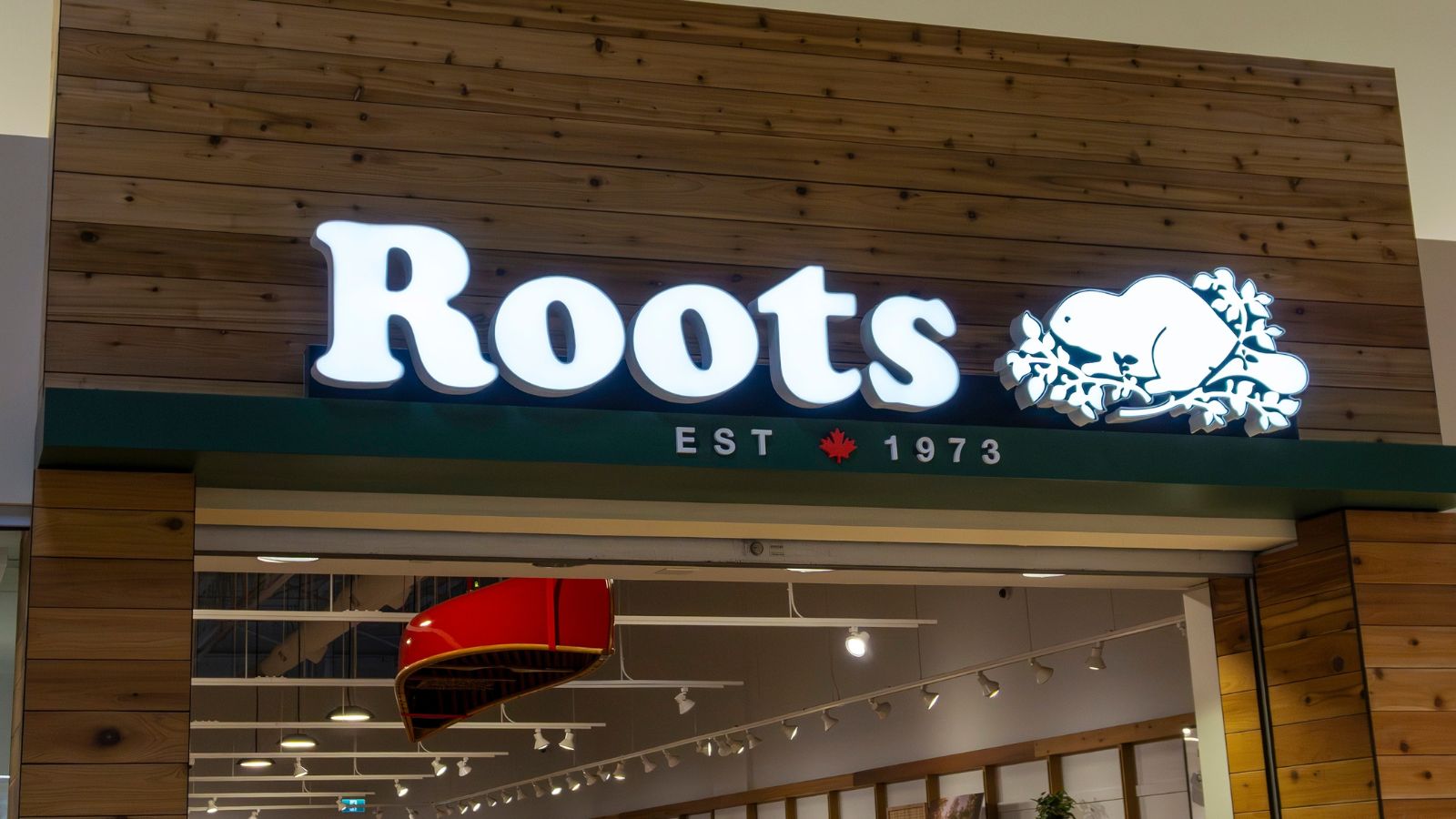
Before designer tracksuits, there were Roots sweats, soft, overpriced, and essential. The iconic beaver logo was a badge of national coolness. Every kid had at least one pair of salt-and-pepper sweatpants that somehow survived years of gym classes and camping trips. Roots stores smelled of leather and nostalgia, and owning their hoodie felt like an accomplishment. Even today, those who grew up in Canada can spot a Roots hoodie from across the room and immediately feel a pang of comfort. It wasn’t fashion, it was identity, warmth, and a soft reminder of home.
Collecting Hockey Cards from Corner Stores
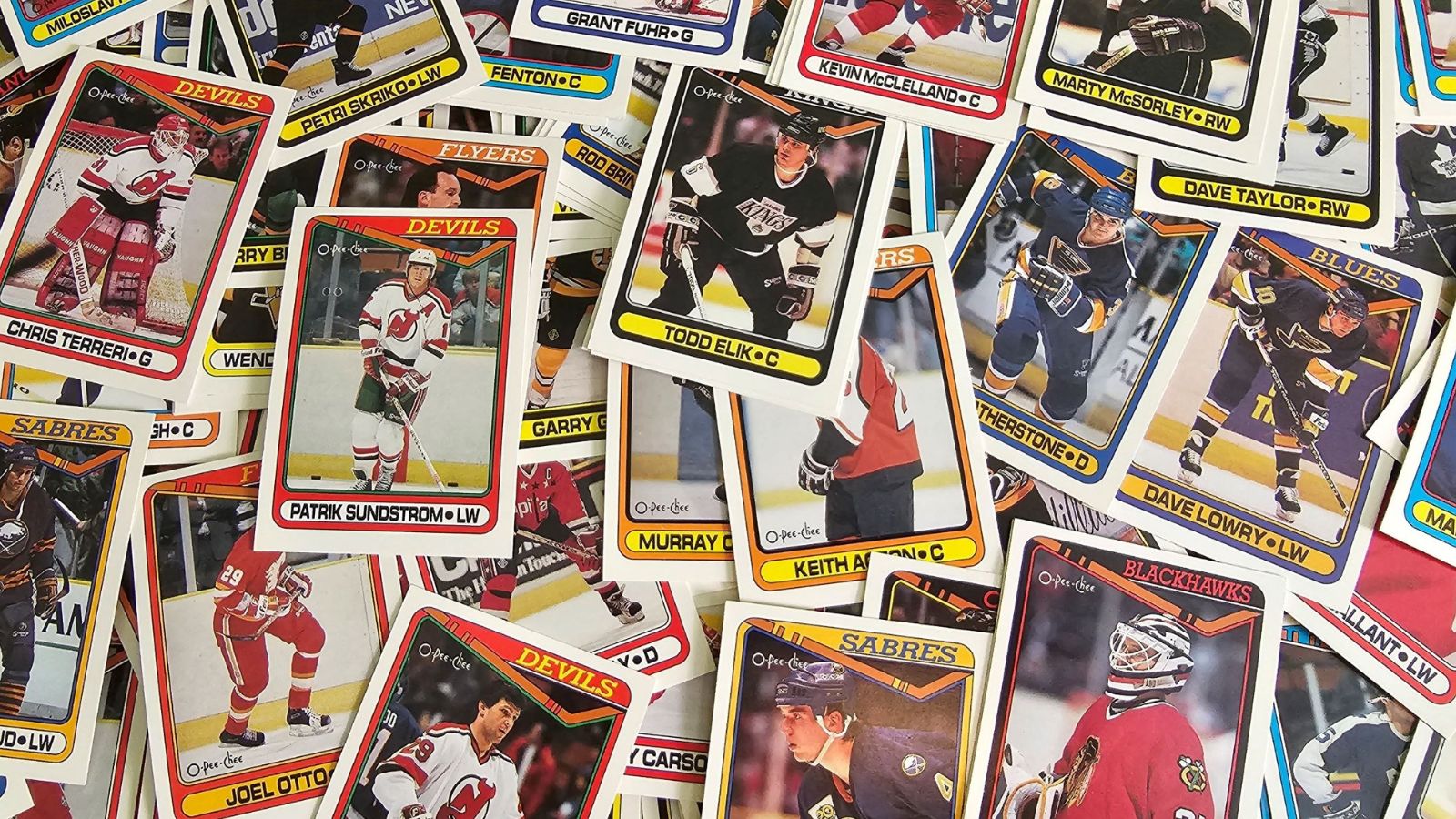
Before NFTs and online gaming, the currency of playground prestige was hockey cards. Kids spent allowance money at 7-Eleven or Mac’s, tearing open foil packs to find Gretzky or Lemieux. The sound of the crinkle, the smell of fresh ink, and the trading sessions at recess were all part of the experience. Card binders became sacred collections, guarded fiercely from siblings. Even non-sports fans got swept up in the excitement. Looking back, it wasn’t about the cards’ value, it was about connection, bragging rights, and that one elusive rookie card everyone swore they saw once.
The Relentless “Heritage Minutes” Ads

Those one-minute history lessons aired between TV shows like mini-documentaries. Whether it was the discovery of insulin or the invention of basketball, they taught kids more Canadian history than textbooks did. Lines like “I smell burnt toast!” became legendary. The dramatic reenactments, overly serious music, and maple-leaf patriotism made them oddly addictive. Everyone had a favorite, and they sparked a strange sense of pride. Long before social media nostalgia pages existed, Heritage Minutes were the original “Canadian core” content, both educational and unintentionally entertaining.
Playing Street Hockey Until Dark

Every cul-de-sac was an unofficial arena. Kids played barefoot or in mismatched gloves, yelling “CAR!” whenever headlights appeared. Broken sticks, scraped knees, and arguments about offside were common. The cold didn’t matter; the game did. When someone scored, victory celebrations were loud enough to wake the neighborhood. It was spontaneous community, no coaches, no spectators, just pure joy. Many future pros probably started this way, but most kids just played for the love of it. It wasn’t just a pastime, it was childhood in motion, echoing through quiet suburban streets.
Watching Degrassi Way Too Young
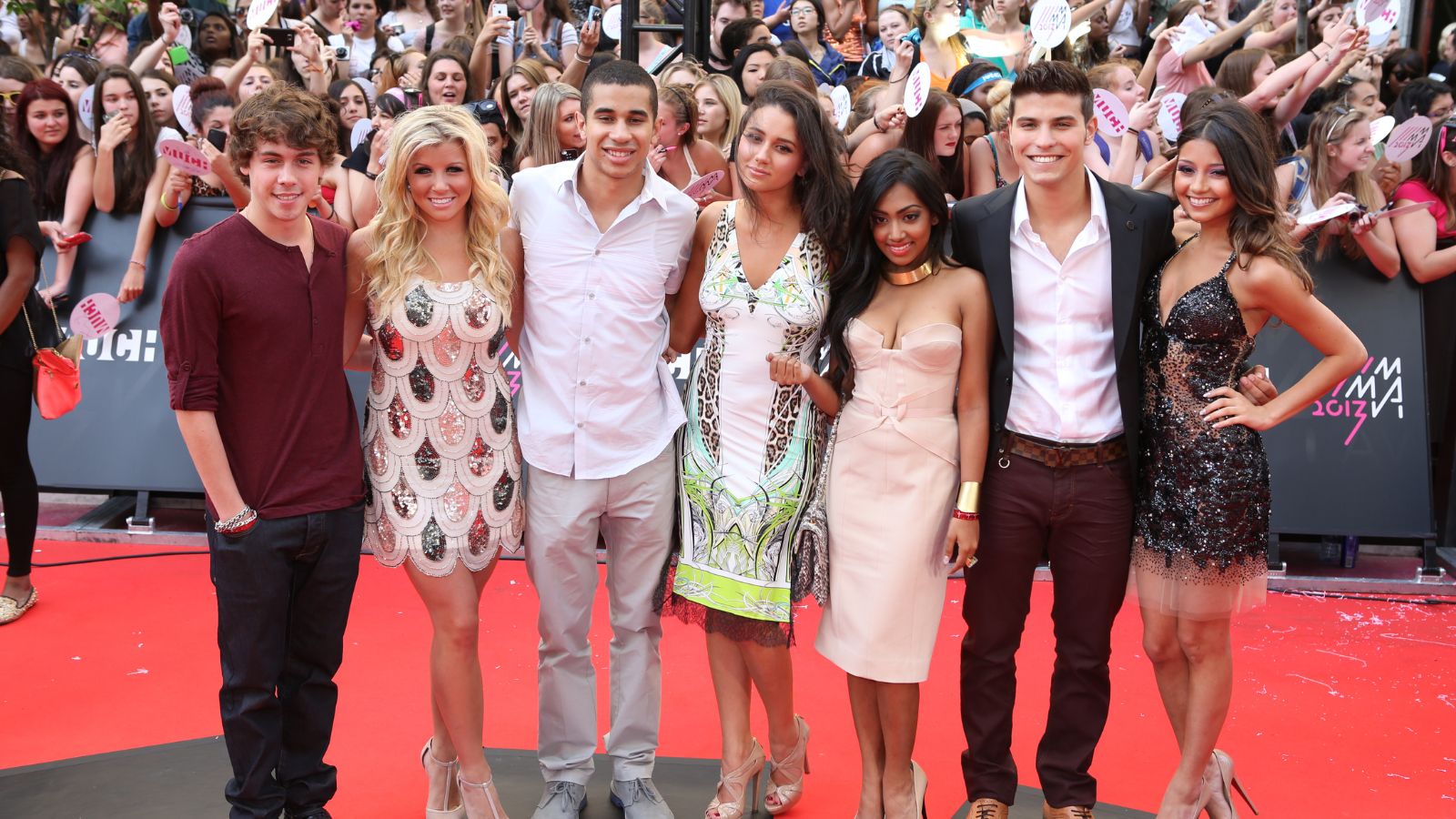
Every Canadian teen went through a Degrassi phase, often earlier than they should have. The show tackled serious topics, drugs, teen pregnancy, bullying, long before social media made oversharing normal. Parents thought it was educational; kids watched because it felt real. The characters were awkward, the dialogue clunky, but the relatability unmatched. It gave Canadian youth their first glimpse into gritty realism and awkward self-reflection. Whether it was Degrassi Junior High or The Next Generation, the franchise defined adolescence, long before Drake traded Jimmy Brooks for the microphone.
The Obsession with Mr. Dressup

Before streaming or YouTube kids’ channels, Mr. Dressup was the heart of children’s TV. With his gentle tone and Tickle Trunk full of costumes, Ernie Coombs entertained generations. His cardboard crafts and wholesome skits were proof you didn’t need flashy animation to hold attention. Watching him felt like visiting a kind grandparent. The show taught kindness, creativity, and the beauty of simplicity. Even today, his soft voice and the sight of Casey and Finnegan’s puppets trigger instant nostalgia. It was comfort television at its purest, a calm world where imagination always had room to play.
Maple Syrup Season at School Trips

Few things delighted children more than visiting a sugar shack in March. The smell of boiling sap, the taste of syrup poured on snow, and the sight of wooden buckets on maple trees defined springtime. Teachers called it “learning,” but it was really a sugar-fueled field trip. Kids came home sticky, wired, and full of national pride. It wasn’t just about syrup, it was about heritage, outdoor fun, and seeing something truly Canadian in action. Even decades later, one whiff of maple syrup brings back the memory of freezing feet and happy chaos.
The Zellers Diner and Toy Aisle Combo
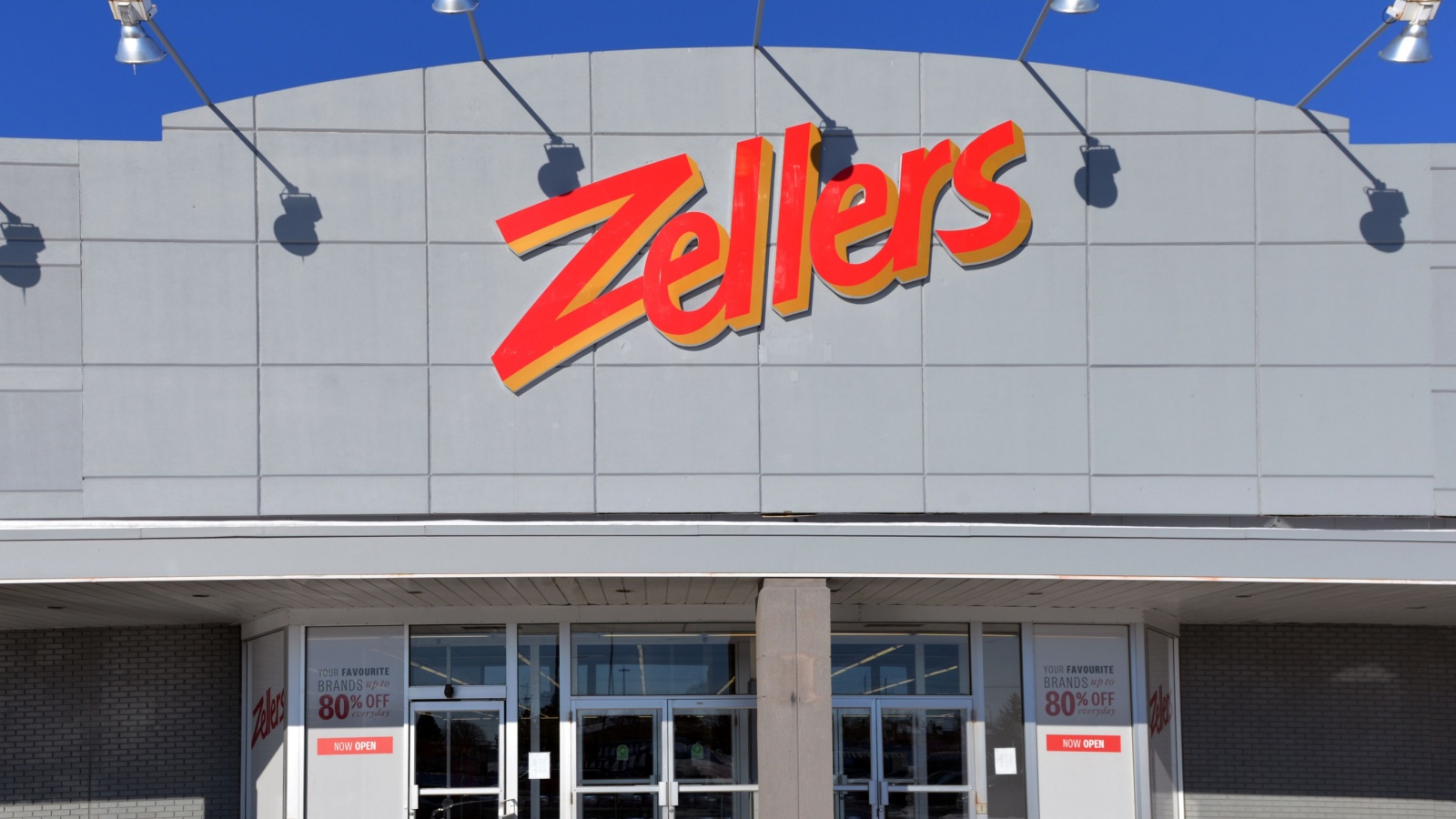
Shopping trips to Zellers were never complete without a stop at the diner. Grilled cheese sandwiches, cheap fries, and soft-serve ice cream were the reward for enduring errands. After lunch came the toy aisle, where kids begged for Hot Wheels or Polly Pocket. The red logo, cheerful staff, and low-budget charm made Zellers feel like a family outing. It was more than a store, it was an event. When the chain closed, it felt like losing a piece of childhood. Its brief comeback only proved how deeply it’s embedded in collective memory.
The Morning Announcements and O Canada
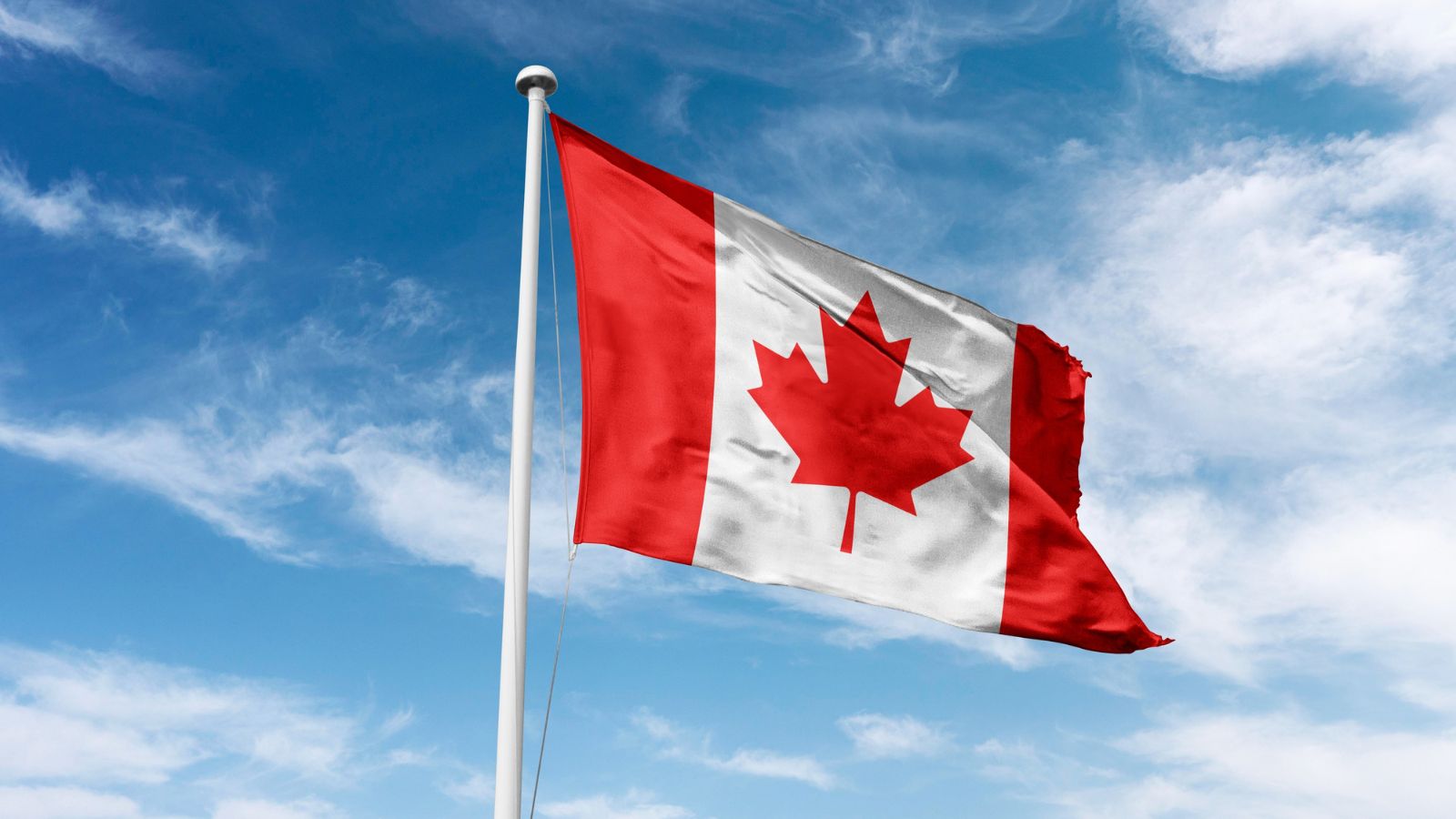
Every school day began with students standing, facing the flag, and singing O Canada. Some sang loudly; others mumbled through the French parts. Then came the intercom announcements, birthdays, lost items, and reminders about pizza day. The ritual created structure and community, even if most kids barely paid attention. It was a moment of collective pause before chaos resumed. Looking back, it symbolized something rare: unity, discipline, and national identity built into daily routine. Few things evoke Canadian school nostalgia like that familiar anthem crackling through the loudspeaker.
Listening to MuchMusic Countdown

Before YouTube existed, MuchMusic was how teens discovered new hits. The Countdown was sacred, and recording songs on VHS tapes was a weekly mission. From Avril Lavigne to Sum 41, this was where Canadian music found its spotlight. The channel’s street interviews, random contests, and VJs felt approachable, like cool older siblings. It wasn’t corporate or filtered, just raw energy and good tunes. For many, MuchMusic wasn’t just a TV channel, it was a lifestyle and a crash course in pop culture.
Buying Ice Cream from Dickie Dee Bikes
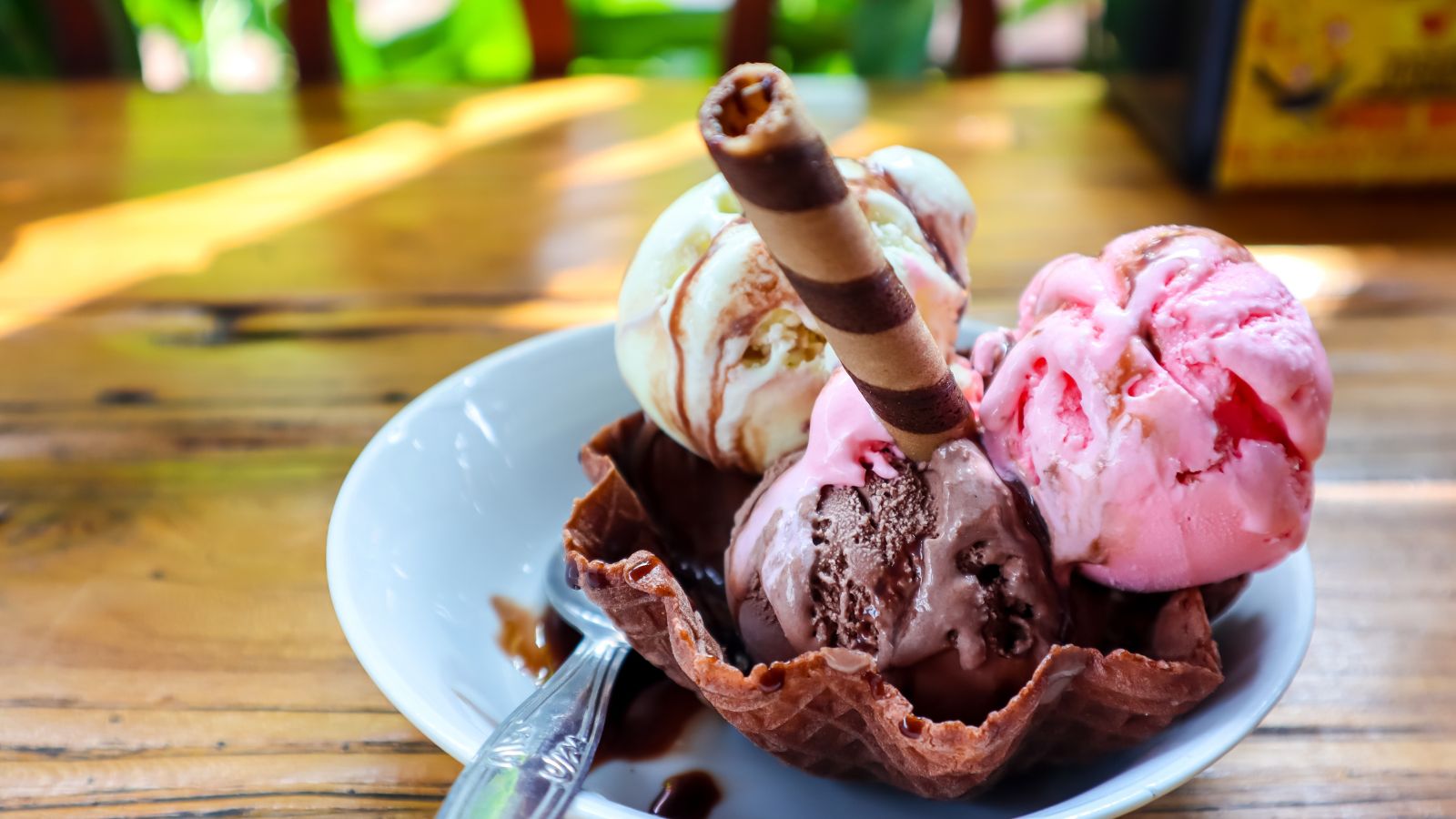
Before food delivery apps, summer magic came in the form of the Dickie Dee ice cream bike. That familiar bell sound made kids sprint out of their houses. The freezer box on the bike held treasures like Rocket Pops, Drumsticks, and Creamsicles. Paying in loose change, arguing over who got the last one, and racing to beat the crowd were summer traditions. It wasn’t about the ice cream, it was the excitement of spontaneity. Seeing a Dickie Dee logo today is an instant flashback to sunburns, sticky fingers, and pure happiness.
CBC News Interrupting Everything

When the CBC emergency tone played, every household went silent. Whether it was election night, weather alerts, or special announcements, families instinctively turned up the volume. It was part authority, part comfort. Peter Mansbridge’s voice was practically a household member. Even kids who didn’t understand politics knew that tone meant something serious. In a world before push notifications, CBC was how Canadians stayed connected and informed. For those who grew up here, that familiar theme music remains a nostalgic reminder of a slower, steadier time.
21 Products Canadians Should Stockpile Before Tariffs Hit

If trade tensions escalate between Canada and the U.S., everyday essentials can suddenly disappear or skyrocket in price. Products like pantry basics and tech must-haves that depend on are deeply tied to cross-border supply chains and are likely to face various kinds of disruptions
21 Products Canadians Should Stockpile Before Tariffs Hit
